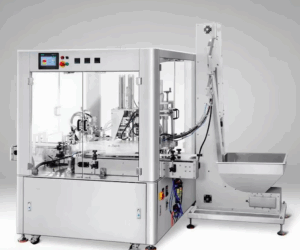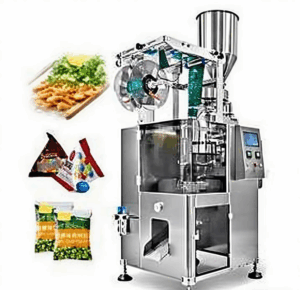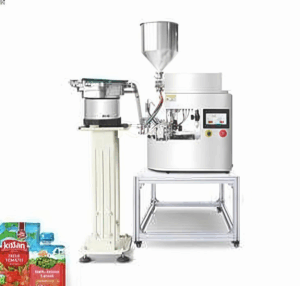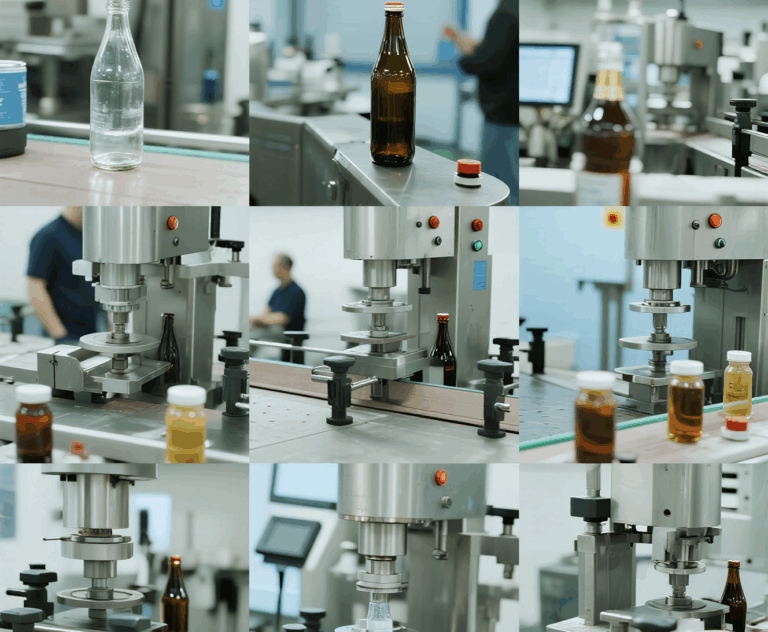A filling capping machine plays a vital role in modern packaging lines, ensuring products are accurately filled and securely sealed. Regular maintenance of this equipment is essential to prevent downtime, maintain production efficiency, and extend its operational lifespan.


 (2)Conveyor System Maintenance
(2)Conveyor System Maintenance
I. Understanding Filling Capping Machine Maintenance
- Importance of Regular Maintenance
- Key Maintenance Goals
II. Filling Capping Machine Maintenance for Different Components
(1)Pump Maintenance Different pumps in a filling capping machine require specific care:- Magnetic Pumps: Ideal for low-viscosity liquids. Flush after each batch, inspect magnetic couplings, and check for wear.

- Piston Pumps: Used for pastes or gels. Regularly inspect seals, lubricate moving parts, and recalibrate fill volume to maintain ±1% accuracy.

- Rotary Pumps: Suitable for continuous-flow liquids and granules. Clean rotor and stator frequently and check production rates (60–120 bottles per minute) for signs of wear.
 (2)Conveyor System Maintenance
(2)Conveyor System Maintenance
- Inspect conveyor belts and guides weekly to prevent bottle jams or tipping.
- Adjust belt tension according to bottle size.
- Ensure sensors detecting bottle position are clean and properly aligned.
- Regularly check torque calibration to prevent over-tightening or under-tightening.
- Inspect worn or damaged capping heads and replace if needed.
- For screw-on caps, confirm cap alignment and rotation consistency during operation.
III. Cleaning and Sanitation Procedures
(1)Nozzle and Filling Head Cleaning- Flush nozzles and pump chambers after each production run to avoid residue buildup.
- Use cleaning solutions compatible with product type to prevent corrosion or seal damage.
- For sticky liquids or pastes, consider warm-water cleaning to remove stubborn material.
- Wipe down the exterior of the machine regularly to prevent dust accumulation.
- Inspect all mechanical parts for corrosion, rust, or wear.
- Document cleaning routines for traceability and operational compliance.
IV. Preventive Maintenance Practices
(1)Scheduled Inspections- Check all moving parts, belts, and couplings at least once a week.
- Replace worn seals, bearings, and belts proactively to prevent unexpected downtime.
- Monitor filling precision using in-line scales or sensors.
- Keep detailed logs of maintenance activities, calibration, and part replacements.
- Track deviations in filling volume or capping torque to identify recurring issues.
- Use these records to plan future preventive maintenance schedules.






